I am learning how to build a company that welcomes employees with varying cognitive abilities. I am no expert in this, even though our company focuses on developing inclusive leaders. During the pandemic, the challenges around mental health in the workplace have come to the fore, so I decided to share my adventure in navigating the benefits and challenges that come with neurodiversity. I hope you accept my invitation to do your own learning around this aspect of inclusion, because as you do so, your leadership will grow, and your company will profit.
1. Get clear about neurodiversity
Let’s start with two key definitions:
Neurodiversity “is an umbrella term that encompasses neurocognitive differences such as autism, attention deficit hyperactivity disorder (ADHD), dyslexia, Tourette’s syndrome, anxiety, obsessive-compulsive disorder, depression, intellectual disability and schizophrenia.” (from the Autistic Self Advocacy Network)
Neurodiversity also includes those who operate with “normal” neurocognitive functioning, described as neurotypical. Neurodivergent individuals are those whose brain functions differ from those who are neurologically typical. (from the EARN website)
It’s crucial to remember that many neurodivergent disorders are not evident to the people who are navigating them. Establishing yourself as an ally sends the signal to your colleagues that you are someone to whom it is safe to disclose any challenges they encounter.
2. Clarify the business case
A business should build its capacity to hire and work effectively with neurodivergent employees for a number of reasons, including access to previously unexplored talent pools in a tight labor market and reasonable accommodations for staff who have not previously identified themselves as neurodivergent.
Neurodivergent employees often (but not always) bring strong abilities related to accuracy, concentration, attention to detail, loyalty, timeliness and satisfaction with routine as well as unexpectedly creative views that improve products, services and operations.
It has also been shown that neurodiverse teams, which include both neurodivergent and neurotypical members, can outproduce teams composed of only neurotypical employees.
3. Build your capability
 You and your firm can start by building a strong foundation:
You and your firm can start by building a strong foundation:
- Explore the resources of the Employer Assistance and Resource Network on Disability Inclusion.
- If you have an employee resource group with people of different abilities/disabilities, build your approach in consultation with the members of that affinity network. If you don’t, encourage neurodivergent employees to connect informally with one another. The bottom line: You are creating a positive and inclusive environment in which an employee feels safe enough to self-identify as a person with a disability.
- Self-identification is the rule and practice. Employers and managers should not preemptively identify any employee as having a disability. Relationships built on high levels of trust make it possible to talk about all manner of identities. In this way, our differences can become
- assets and not liabilities — that’s what diversity at work looks like.
- Work with your HR colleagues to develop the discipline of reasonable accommodation to support those who may or may not know what to ask for. Not only is this required by the law, but it’s also the right way to honor and value your employees.
For neurodivergent employees like those on the autism spectrum, practices like those detailed in the following three points often serve as powerful investments.
4. Provide opportunities to work flexibly and remotely
 The pandemic has created new norms that make working with neurodiverse employees that much easier. Offer flexible work hours, with options for telecommuting and/or working from home, a part-time schedule, job-sharing opportunities, adjustments in the start or end of work hours and compensation time.
The pandemic has created new norms that make working with neurodiverse employees that much easier. Offer flexible work hours, with options for telecommuting and/or working from home, a part-time schedule, job-sharing opportunities, adjustments in the start or end of work hours and compensation time.
5. Focus on employees’ strengths and accommodate their challenges
If a neurodiverse employee reports to you, you get to learn how to assess their strengths and adjust to their challenges. The reality: You already do this in the way you individualize how you support every neurotypical employee. You get to prioritize the time it takes to optimize the contribution and solve the challenges that your neurodiverse employees present.
6. Utilize technology to support employees
 For some coworkers, assistive technologies can transform their performance. Such support can include software and devices like portable and talking word processors, assistive listening systems, visual organizers and supports as well as virtual reality and gaming for training purposes. The world of assistive technologies is exploding, and tools and approaches like these will equip neurodivergent and neurotypical people alike.
For some coworkers, assistive technologies can transform their performance. Such support can include software and devices like portable and talking word processors, assistive listening systems, visual organizers and supports as well as virtual reality and gaming for training purposes. The world of assistive technologies is exploding, and tools and approaches like these will equip neurodivergent and neurotypical people alike.
Dimensions of identity like race and gender will always loom large for inclusive leaders, because history and society continue to organize opportunities and resources in relation to the color of someone’s skin and their gender identity. But inclusive leaders learn to work with the particular differences showing up in the individuals with whom they work. We are learning that neurodivergent colleagues have a lot to offer, and they bring to us — if we are neurotypical leaders — a whole new way to grow and serve as allies.
And for leaders and managers as well as individual contributors who are neurodivergent themselves? We all need you to teach and mentor us, because your points of view and lived experiences are golden. We need you to lead us with courage and confidence.
Source: Entrepreneur
If you want to know more about disability inclusion in your company, read the Why & How’s here.

